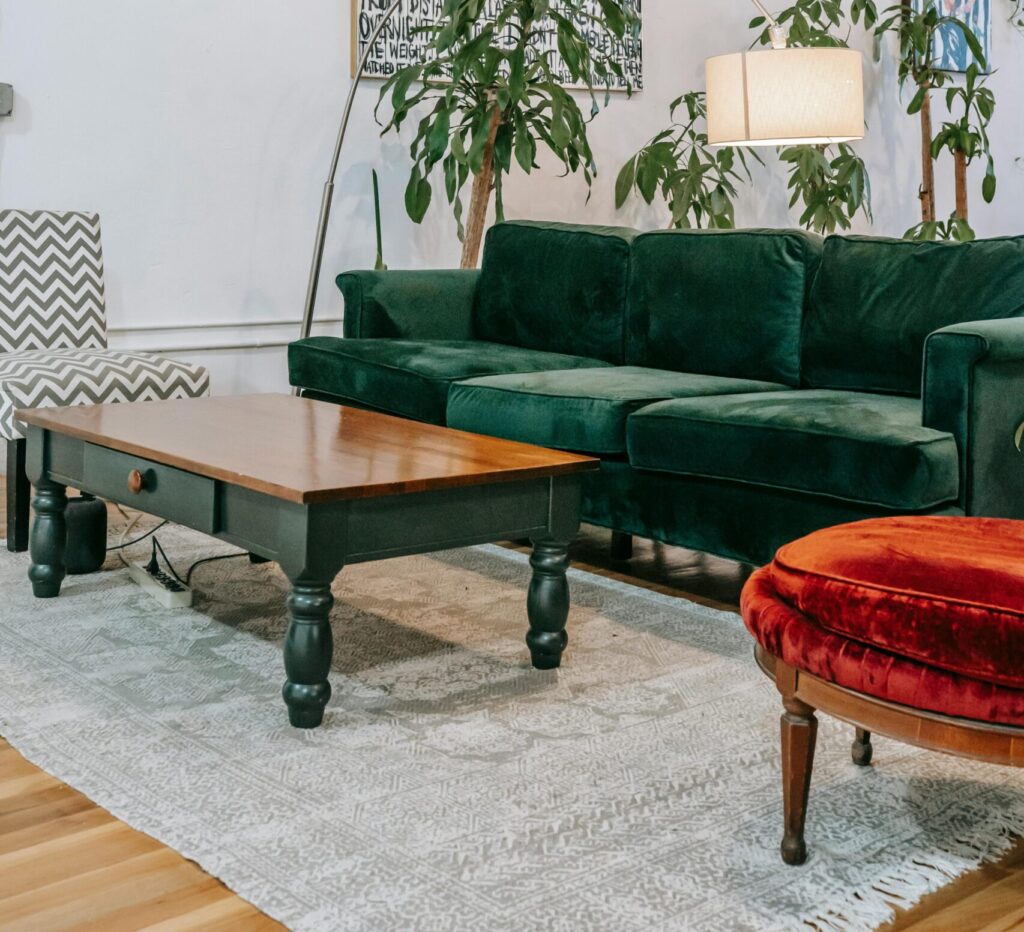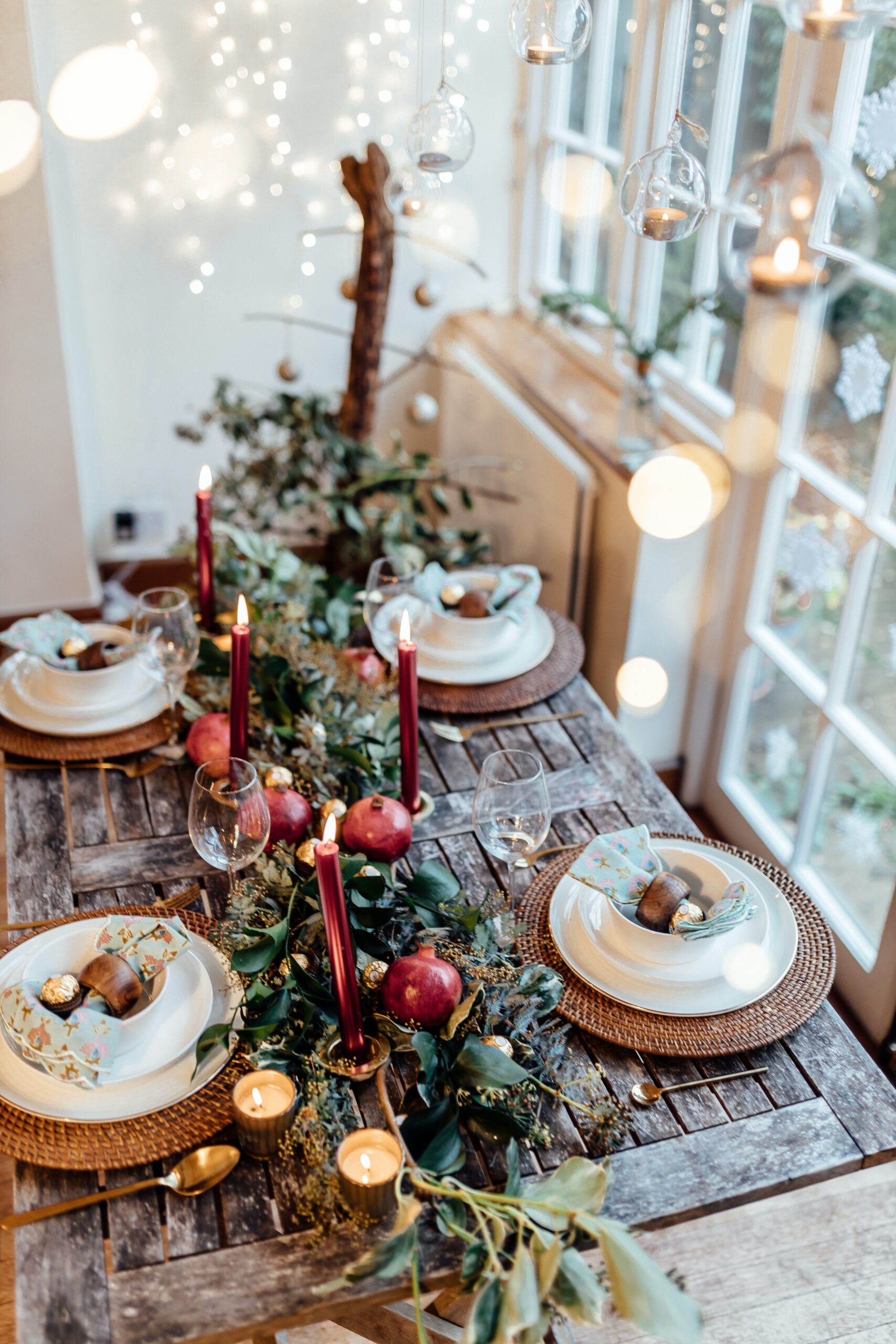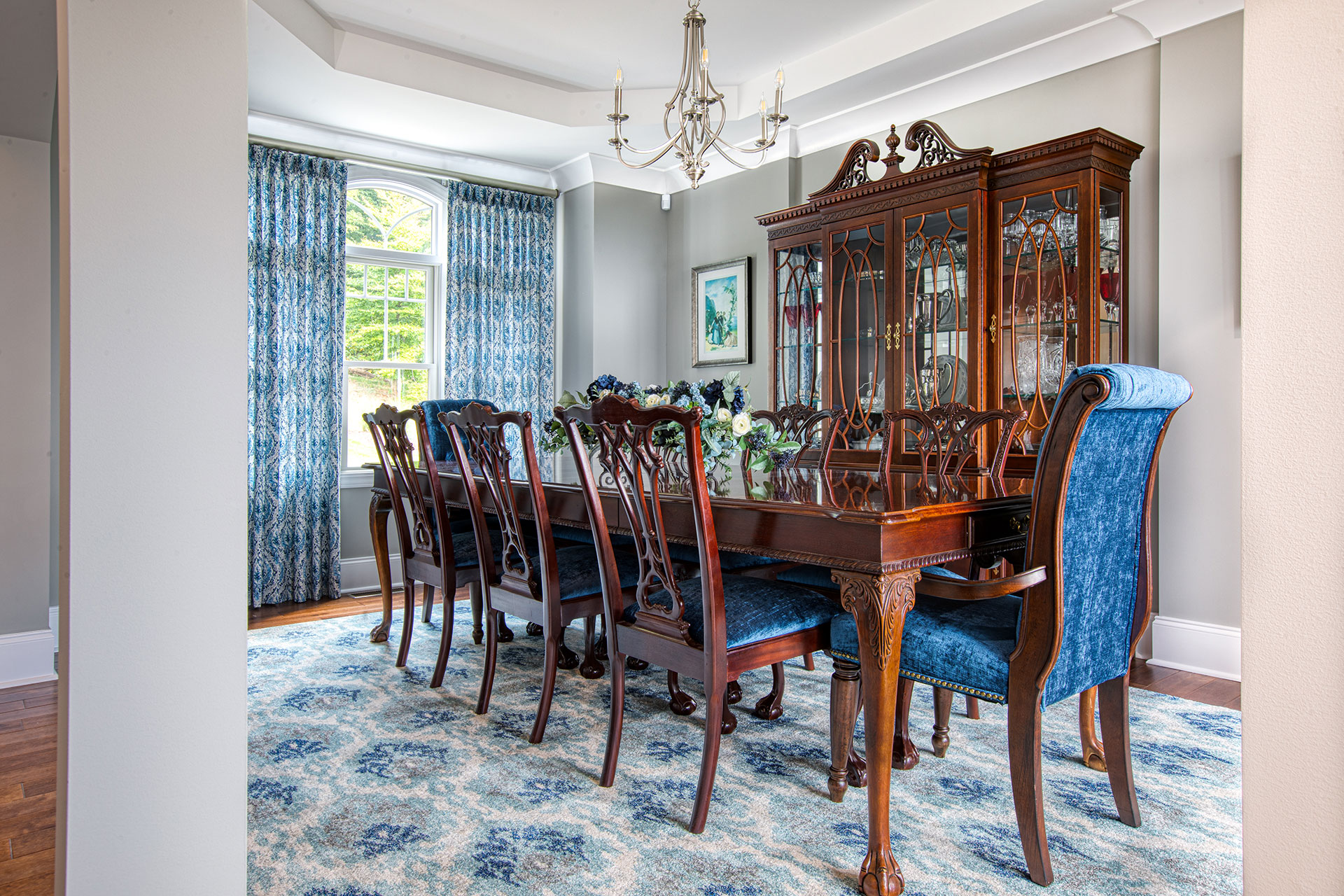If you’re torn between the timeless charm of vintage decor and the allure of contemporary design trends, transitional design offers the best of both worlds. How? This design approach beautifully blends traditional and modern aesthetics, creating a unique style that never goes out of fashion.
This simple guide will help you explore the benefits of transitional design and teach you how to incorporate this look into your home.
Color Palette
Transitional design typically favors a neutral color palette consisting of colors like gray, tan, white, and brown. These neutral tones create a serene and timeless backdrop for the space. Sometimes, people may use accents of soft colors like blue or green to add visual interest and a touch of warmth to the design, but they tend to keep the overall atmosphere more subtle. To enhance the overall aesthetic, you can introduce these accent colors through decorative pillows, artwork, or accessories.
Lighting
In this design style, you will notice a balance of traditional and modern light fixtures. For instance, in an open floor plan where the kitchen and living room flow into one another, you may see a contemporary pendant light over a kitchen island and ornate standing lamps in the living room. This blend of fixtures not only provides adequate lighting for different tasks but also contributes to the harmonious integration of traditional and modern elements in the transitional design. Additionally, the use of layered lighting, including ambient, task, and accent lighting, enhances the functionality and ambiance of the space, allowing for versatility in lighting based on the specific needs of each area.
Decor Elements
In transitional design, the focus is more on blending old and new elements and using textures rather than incorporating an abundance of decorations and artwork. Think a traditional area rug and coffee table in a living room with a modern sofa and throw pillows. Decorations are used sparingly to maintain a clean and uncluttered look. Instead, it’s essential to layer different textures to maintain visual interest and depth in a transitional space. You might see combinations of metal, glass, wood, leather, rattan, lacquer, and fabric throughout the design.
Comparing Transitional vs. Traditional and Contemporary Design
An interior designer in Barton Creek, TX, says transitional design borrows elements from both traditional and contemporary design, yet it stands as a distinct style in its own right. In transitional design, you’ll find light wood tones and furnishings that blend curved and straight lines without being overly ornate. On the other hand, traditional design tends to feature dark wood tones and ornate details like heavy window treatments or crown moldings. Meanwhile, contemporary design emphasizes neutrals, black, and white, accented by bright colors, and utilizes natural fibers, exposed wood, and reflective surfaces like chrome or glass.
If you’re intrigued by transitional design, remember that it’s all about personalization. Don’t hesitate to combine the comfort and familiarity of traditional design with today’s new modern concepts. By following this guide, you can create a beautifully composed transitional space that truly reflects your unique style and personality.




